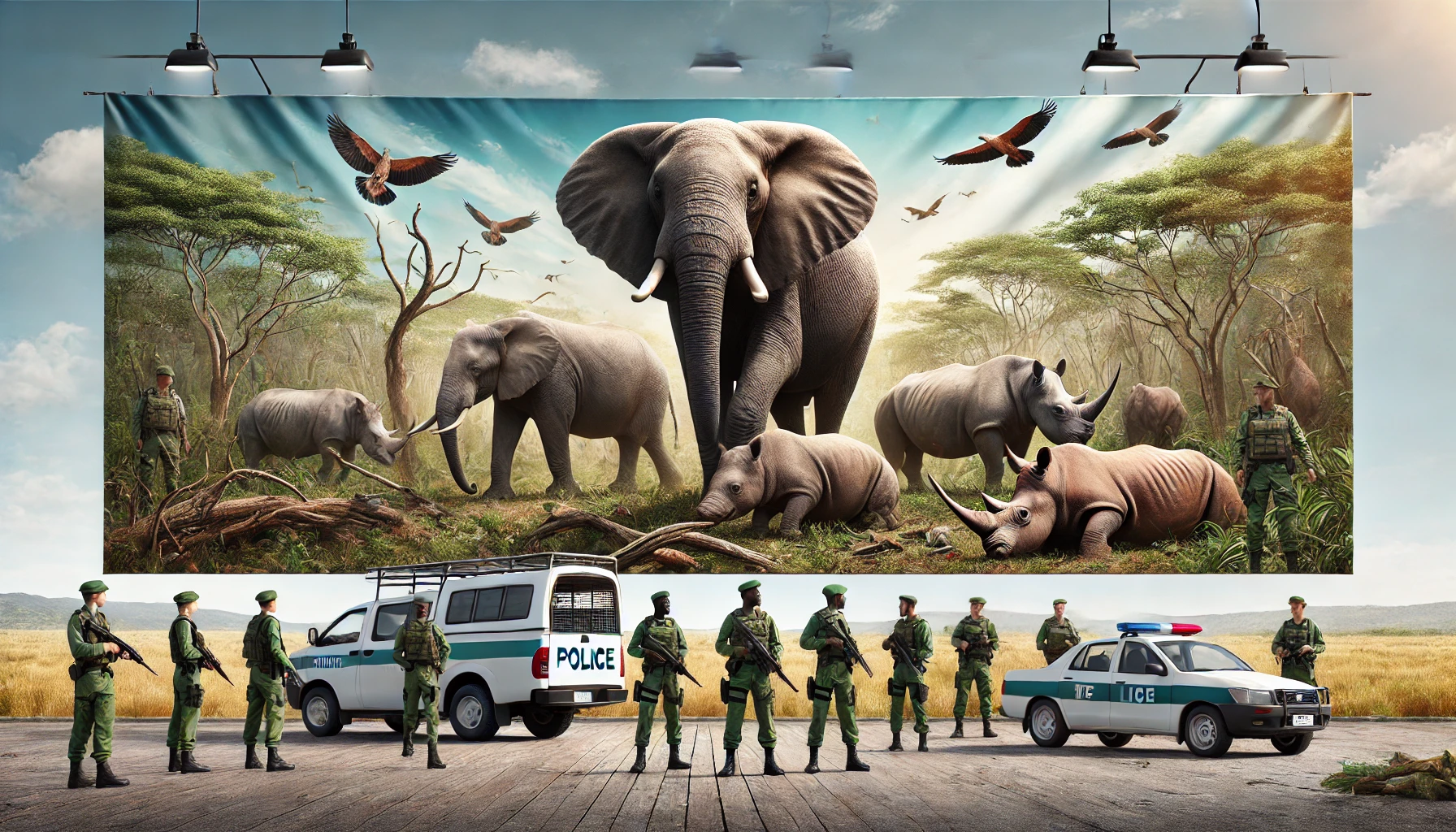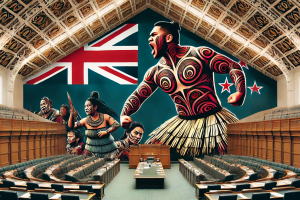Inside the Global Battle Against Illegal Wildlife Trade and Trafficking
Illegal wildlife trade and trafficking have emerged as some of the most pressing threats to biodiversity today. Despite international laws and heightened awareness, this multi-billion-dollar criminal industry continues to drive species to extinction. Understanding the complex world of wildlife trafficking and the efforts to combat illegal wildlife trade is key to preserving the planet’s delicate ecosystems. In this blog, we’ll delve into the key aspects of wildlife smuggling, explore the connection between poaching and wildlife crime, and examine how legal frameworks like wildlife protection laws can make a difference.
Wildlife Trafficking: The Scale of the Crisis
What is Wildlife Trafficking?
Wildlife trafficking refers to the illegal trade, transport, or sale of animals and their byproducts. From elephant ivory to exotic birds, this industry spans continents and is driven by both demand for luxury goods and traditional medicine. Globally, it’s estimated that illegal wildlife trade is worth between $7 billion to $23 billion annually, making it one of the most profitable criminal activities in the world.
This black market thrives due to its complex, international networks. In many cases, wildlife smuggling routes mirror those of human and drug trafficking, involving sophisticated criminal organizations. The harsh reality is that wildlife trafficking is not just a conservation issue but also a significant contributor to global organized crime.
The Most Trafficked Species
Some of the most trafficked animals include:
- Elephants for their tusks (ivory)
- Rhinos for their horns, which are used in traditional medicine
- Pangolins, often trafficked for their scales and meat
- Tropical birds and reptiles, frequently sold as exotic pets
The consequences of this trade are devastating. Poaching, illegal logging, and wildlife smuggling lead to the decline of species and, in some cases, extinction. Furthermore, the trade of endangered species endangers not only wildlife but also human communities and economies that depend on biodiversity.
Poaching and Wildlife Crime: A Global Issue
The Connection Between Poaching and Wildlife Crime
Poaching is closely tied to wildlife crime, and both are integral to the global illegal wildlife trade. While poaching refers to the illegal hunting or capturing of animals, it plays a crucial role in the overall supply chain of wildlife trafficking. For example, poached ivory or rhino horns are often sold through illegal networks, contributing to the rise of endangered species crime.
The consequences of poaching are evident in the sharp decline of species like the African elephant, whose populations have been decimated by ivory hunters. Anti-poaching efforts have been ramped up in recent years to combat these trends, but the sheer scale of wildlife crime makes this a daunting challenge.
Anti-Poaching Efforts and Global Collaboration
International organizations and governments are working together to fight poaching and wildlife crime. Anti-poaching efforts include deploying rangers in vulnerable areas, using surveillance technology such as drones, and providing better resources for local law enforcement.
In many countries, local communities play a crucial role in protecting wildlife. By providing economic incentives for conservation, governments can reduce reliance on poaching for income. Community-led initiatives have been particularly successful in countries like Kenya, where ecotourism and wildlife protection are economically beneficial.
Wildlife Smuggling: Routes and Methods
How Wildlife Smuggling Works
The illicit nature of wildlife smuggling makes it difficult to track and combat. Smugglers often transport animals or their parts hidden in luggage, containers, or even via online transactions. Many species, such as exotic birds or reptiles, are kept in deplorable conditions, leading to high mortality rates before they even reach the market.
Smugglers exploit gaps in law enforcement and international cooperation. Many trafficked animals pass through countries with lax regulations, making it harder to identify the origin and destination of the illegal goods. In some cases, forged documents are used to disguise the true nature of the shipments.
The Role of Technology in Tackling Wildlife Smuggling
New technologies are proving to be invaluable tools in combating wildlife crime. Artificial intelligence (AI), DNA forensics, and blockchain technology are being used to track and identify illegally traded species. These advancements allow law enforcement to pinpoint trafficking routes and identify the individuals involved, leading to more successful convictions.
Wildlife Protection Laws: Legal Frameworks for Safeguarding Species
The Importance of Wildlife Protection Laws
To effectively combat wildlife crime, strong legal frameworks are essential. Wildlife protection laws aim to regulate the trade of species and impose penalties on those involved in illegal activities. International agreements like the Convention on International Trade in Endangered Species of Wild Fauna and Flora (CITES) provide a global framework for regulating the trade of endangered species.
CITES, along with national wildlife protection laws, is vital in preserving biodiversity. However, enforcement is often challenging. Corruption, lack of resources, and cross-border jurisdiction issues can hinder efforts to crack down on illegal activities.
Strengthening Wildlife Law Enforcement
Wildlife law enforcement is at the forefront of the battle against wildlife crime. In many countries, enforcement agencies face an uphill battle due to limited funding and resources. Strengthening wildlife law enforcement through training, better technology, and international collaboration can significantly improve the ability to stop poaching and smuggling.
Programs like INTERPOL’s wildlife crime division work with governments around the world to share intelligence and coordinate operations. By working together, nations can close the loopholes that allow wildlife trafficking to thrive.
Anti-Poaching Efforts: A Community-Led Approach
Community-Led Anti-Poaching Initiatives
One of the most successful strategies in fighting poaching and wildlife crime is involving local communities. In regions where poaching is rampant, local populations often rely on natural resources for survival. By providing alternative sources of income, such as jobs in ecotourism or conservation, governments and NGOs can reduce the incentives for poaching.
Anti-poaching efforts also involve education and awareness campaigns to shift local attitudes toward wildlife. When people see wildlife as valuable, not just as resources to be exploited, they become key allies in conservation.
International Funding and Support for Anti-Poaching
International funding is crucial for sustaining anti-poaching efforts. Many conservation organizations rely on donations and government aid to protect endangered species and preserve ecosystems. Governments and international bodies can play a vital role by investing in these initiatives and encouraging public-private partnerships.
A Collaborative Effort to Combat Wildlife Crime
The battle against wildlife crime, from poaching to wildlife trafficking, requires a multifaceted approach. International cooperation, strong wildlife protection laws, and innovative anti-poaching efforts are all key elements in preserving biodiversity. By understanding how wildlife smuggling works and supporting efforts to stop it, we can all play a part in protecting endangered species.
The global scale of illegal wildlife trade means that no single country or organization can solve the problem alone. It will take concerted effort from governments, law enforcement, local communities, and individuals to protect our planet’s wildlife. For further reading on conservation and global efforts, visit Regent Studies.



